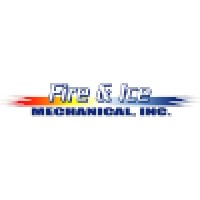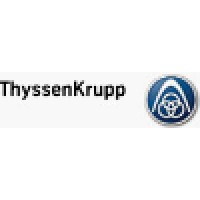
Fire and Ice Mechancial
Fire and Ice Mechanical is a full service heating and cooling company for commercial and industrial systems. Fire & Ice has served businesses in Southeast Michigan since 1984, and we pride ourselves on a quality reputation built on years of prompt, cost effective service. Whether it's emergency service, preventive maintenance, system upgrades or strategic planning, our qualified sales and/or service engineers will work with your facility managers to satisfy any and all system requirements. See why businesses large and small depend on Fire & Ice Mechanical for all of their heating and cooling needs. For scheduling, call us at (586) 978-2300 anytime. We are available 24 hours a day, 7 days a week.






